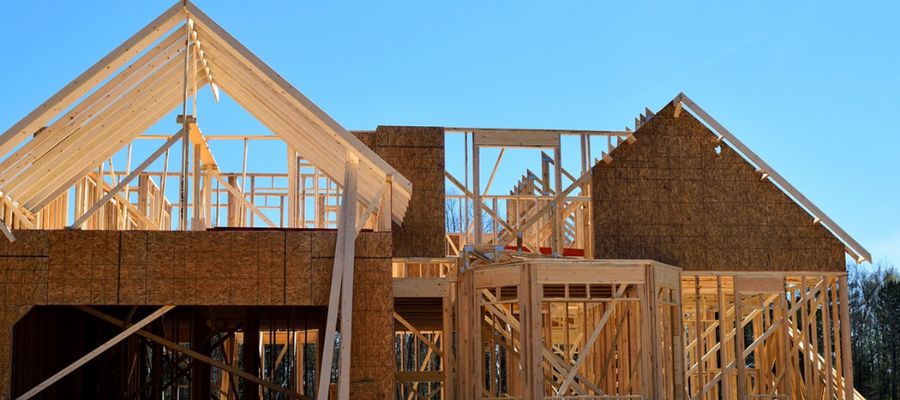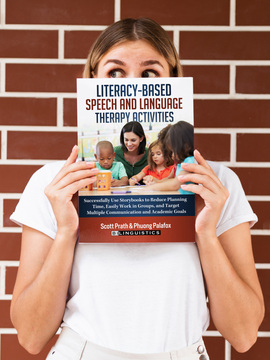Have you ever thought about the difference between special education and general education when it comes to teaching vocabulary? It might seem subtle, but the difference not only defines who we are as “special” educators but also influences how fast a child will learn vocabulary back in the classroom.
Typically developing young children naturally learn hundreds of new words weekly. The job of special education isn’t to teach children more words, it’s to improve the way they remember and retrieve words so that they have an easier time in the classroom.
Let’s start with a metaphor for how SLPs are different from teachers when it comes to teaching vocabulary and then take a fun and quick walk through 10 ways you can teach vocabulary that ensures that the child learns-how-to-learn vocabulary and doesn’t just gain more words.

Imagine two children in the same classroom who both receive 20-50 vocabulary words each week. One student easily learns and uses the new vocabulary week after week. The other student maybe learns a handful but battles with most of the list. Even if he remembers the next week, the words can be forgotten again in the near future.
What’s the difference here? One child has the ability to relate the new word to concepts, experiences, functions, and descriptions that are already in his brain. Even with brand new words you here them say “it’s like…” and relate the word to something they know about. The other child at best sounds out and pictures the word in his head, but there is little to no relationship drawn to their current experience or knowledge.
Think of the vocabulary structure in the brain as being a well-built or poorly-built house. The vocabulary is the doors, windows, fixtures, etc. Most children have proper structure in place so teachers can throw crazy amounts of vocabulary at them and it is all organized, remembered, and easily retrieved. Without the structure in place, the vocabulary would fall off or have no place to go.
As speech pathologists, I believe that we are like the framers in a house construction crew. Children come to us because the structure is not in place for them to retain the vocabulary that is taught to them each week. If we focus on the structure, the doors, and window, and all the furniture will have a place to hang and stay in place.
Not only that, but generalization in vocabulary acquisition happens rapidly. So, if you can teach a child how to learn vocabulary in one area, they start looking for the same cues to learn vocabulary in any circumstance.
Teachers focus on the naming of the objects and the words. For speech pathologists, the name or label of the object is just the outcome of our efforts. We focus on:
- Categories
- Relationships
- Attributes
- Functions
- Creating an emotional relationship with the vocabulary word
- Creating an experience with the word
All of this together enables a child to retrieve the word from their knowledge base and “name” it.
Here are 10 ways we can make that happen.

10 Strategies that Build the Capacity to Learn New Words
1. Print Reference

2. Even Use Print Reference with AAC

3. Improve Word Walls in Your Teachers’ Rooms

4. Label Everything in Their Homework

5. Use Videos

6. Use Real Images

7. Put Words in Context

8. Send Home Memory Homework

9. Show how to use their words with other humans: Socio-affectivity

10. Make sure students take ownership of their new vocabulary and use it in their lives.

More on Vocabulary!
This is just 1 of 4 essays we developed on vocabulary as well as a CEU course so you can earn ASHA CEUs.
One Word Vocabulary Tests – 5 Reasons They Are Not Your Best Choice
Let’s Not Forget What Typical Vocabulary Development Looks Like
A Breakdown of Vocabulary Research as it Pertains to SLPS
Course:
Evidenced Based Strategies for Teaching Vocabulary





